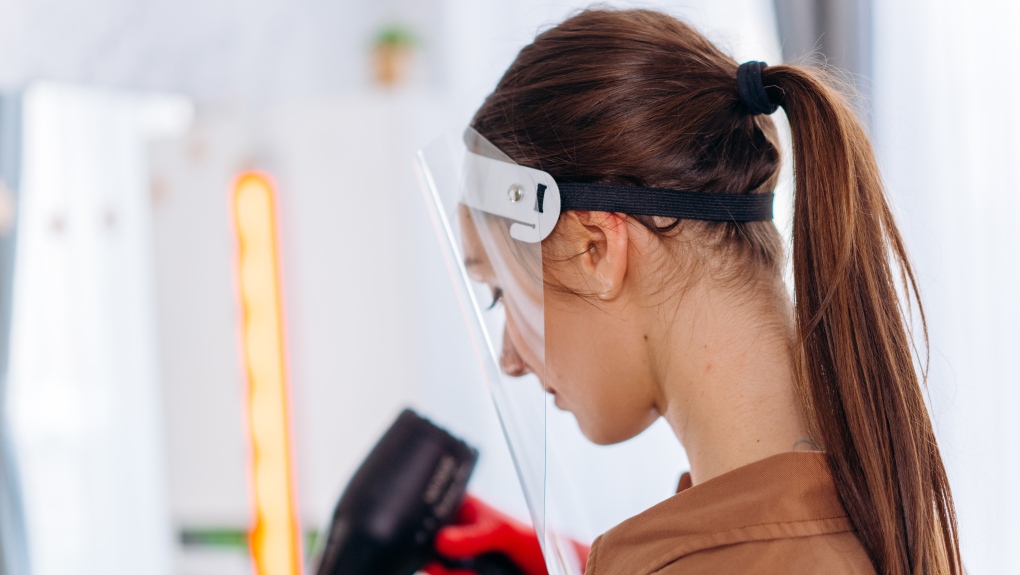During the pandemic, face shields became a part of the daily attire for many hoping to protect themselves against COVID-19. However, a new study tested how much protection face shields provide and found that many fail to yield high levels of protection against external droplets.
Researchers at the University of East Anglia tested 13 face shields by using a “coughing machine” to mimic a person facing someone who is coughing or sneezing near them.
Lead researcher of the study Dr. Julii Brainard said in a news release that while some face shields provide some protection against the droplets, all of them failed to completely protect against them.
"We found that large gaps around the sides, and sometimes the bottom or top, allow respiratory droplets from other people to get to the face and this means exposure to possible viruses,” Brainard said in a news release.
"The shields that offered most protection were closed across the forehead and extended well around the sides of the face and below the chin,” she said.
Face shields became popular with some people because they allow people to communicate and breathe more naturally versus wearing a face mask, the researchers said.
Additionally, the study surveyed more than 600 people in Nigeria and Brazil to understand their experience with face shields. Many low and middle-income countries often relied solely on face shields since they were easier to obtain during global shortages of personal protective equipment.
"Not surprisingly, we found that people want proven protective products that are comfortable, stable on their head, easy to clean and that don't look strange,” Brainard said.












































